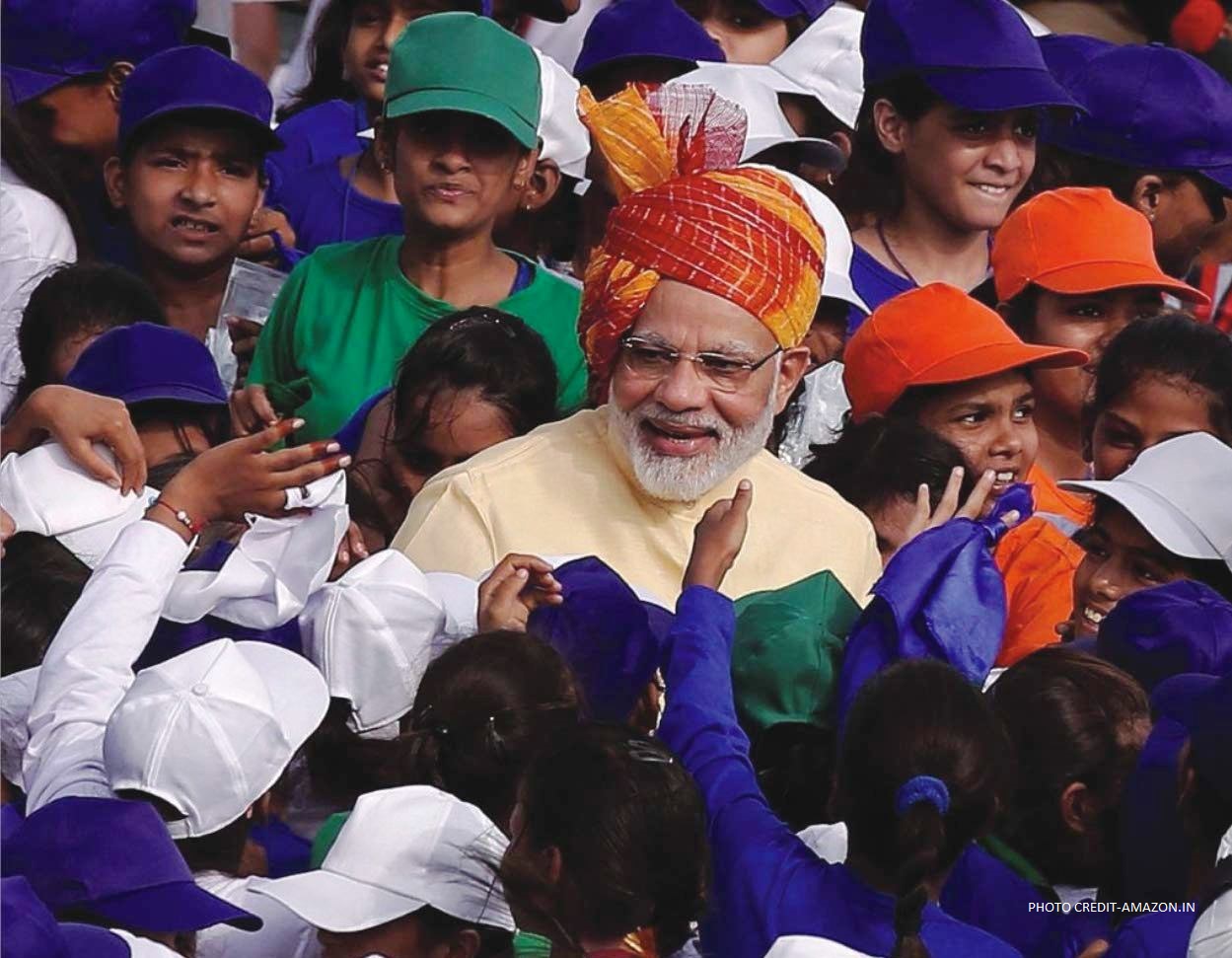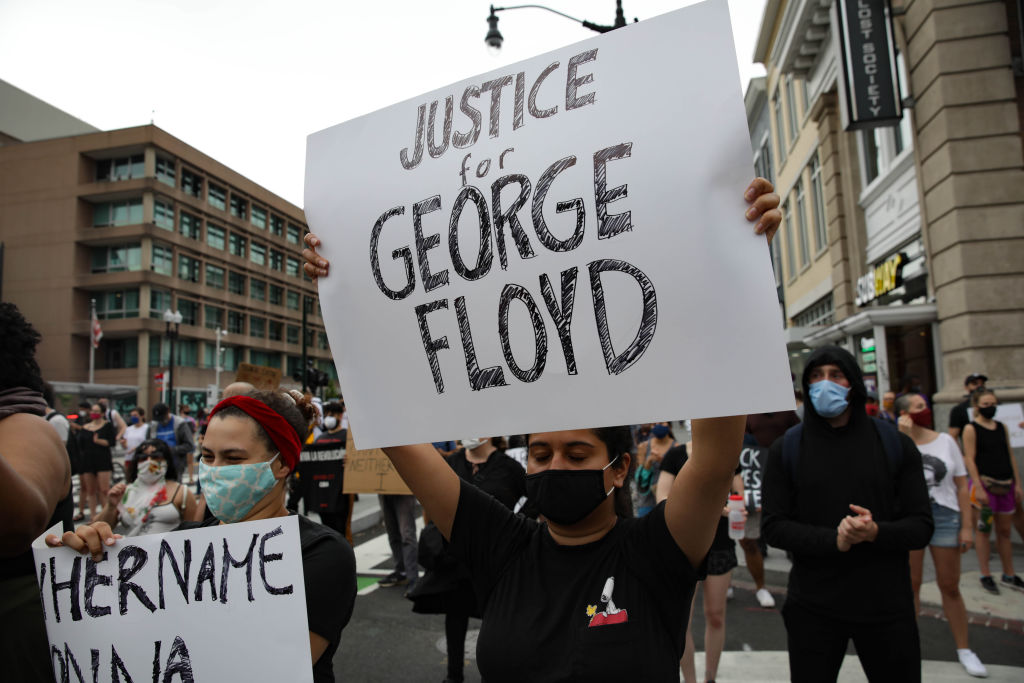Dynamic India’s new showdown

All the concepts of New India are being designed around its areas of urbanization separating it from the image of the stone age.
|| Anjan K Samal
Sumitranandan Pant a great poet of Hindi Literature who has penned a very nice poem named “Bharatmata Gramvasini”(Mother India who lives in Villages). But in the last few years, the resonance of ‘Bharatmata’ is being heard more in cities and towns than in villages.
The new politics of the country has spread this alike a war cry of Bharatmata (Mother India)from villages to cities and towns.’ Bharat Mata Gramvaasini ‘(Mother India who Lives in Villages) turned as if ‘Bharat Mata Sehervasini’(Mother India who lives in Cities) with a new form,i.e.-New India.
Due to this new meaning of this so-called new India, a strange dilemma has arisen in front of the grammar of our language. While we have to use Bharatmata(Mother India) as the term feminine verb, for the term ‘new India’ a masculine verb is used.
On the one hand, this new India is visible in the newly constructed flyovers, six-lane roads and smartphones, on the other hand, it will be seen taking shape on the link road and footpath under the ‘Pradhan MantriGram Sadak Yojana’.
This new India is outspoken on social sites, on the one hand, on the other hand, it can still be considered silent in most of the villages.
The state of this new India wants to create a strong state image instead of soft. Be it Pulwama, or a surgical strike penetrating Pakistan’s border, it wants to keep moving towards building a strong state image.
This image also brings out the voices of an outspoken nationalism, which works through the corridors of politics to change the vote to create control over the state. Although the collision of two images is going on continuously in this new India.
The conflict between the image of Hindutva politics and the image of secular India continues.
The sounds of these clashes are resonating in this newly formed India. Between these two meanings of India, there is a third meaning – India, defined by Ambedkar, whose image is inscribed in the Indian constitution, but some of its other images are created by politics based on Ambedkar’s ideas.
Both the meaning of India with the image of Hindutva and the meaning of India resting on the politics of secularism seek to encapsulate the meaning of India given by Ambedkar.
It is to be seen and observed that in this newly formed India, where does India join with the images given by Ambedkar or gets divided in some way.
In this new India, the process of urbanization has been greatly accelerated. Gradually, a part of towns and villages is becoming urbanized. As a result, the population in rural India has decreased.
Where the urban population was 11.4 percent in 1901, it has increased to 34 percent by 2017. In this new India, the rural population had reduced to around 65.37. The future of the new India seems to be moving towards a transition from rural to urban parts of the country.
Today, when the market is constantly expanding, it is spreading directly and indirectly in the villages as well. This market, despite its many limitations, continues to reduce the gap between city and village. It remains to be seen what happens to the human elements of Indian traditions, rural values of life and rural economy in this urban India.
However, in many Indian cities, many places still have the value of rural life, traditional styles. It is to be seen that this new India remains entangled in the duality of tradition and modernity that it can eliminate and soothe this duality and contradiction.
At one hand ‘momos’, ‘chow min’ and ‘pizza carts’ have started appearing in the towns of India and on the other hand, the sale of ‘baati-chokha’(A traditional Bihar’s Food Item) has not reduced.
It is also true that many shops of Chinese mobiles are seen in the towns adjoining the villages.
‘Chinese lamps’, ‘kites’ and ‘maniac’ are also being sold in the villages, but the ‘native lantern’s in the refined form also available in our villages still now.
Many programs like Startup, Development of New Entrepreneurship, ‘One District One Product’ are moving towards meeting the indigenous needs of our new India.
This new India is moving towards the manufacture of defense equipment and in the meantime, the purchase and sale of arrow and bow in our ‘tribal haats’ has not reduced.
Many resources of rural needs which later came to be used for the protection of rural and tribal people are also sold during the time of defense expo.
Along with the ‘big malls’,’ PVR’ and ‘Maya Bazaar-Meena Bazaar’, the number of village Markets has also increased.
It is a different matter that soaps, shampoos, soft drinks, and namkeen have been transformed into small pouches in these hot-markets as per the purchasing power of the rural people.
This India is still an India of many contradictions, but in the new India which is constantly being conceptualized, perhaps these contradictions are gradually eradicated. This changed India is gradually discovering for itself the new speed and the new rhythm.
The liberal economy that came in the 90s, the voice of fierce nationalism, a strong state in place of soft, the clash of many contradictions, the inter-conflict of political ideas, aggressive markets, rapid urbanization and innovation, the discovery of newness, all shaped this new India.
Last but not least is that now a day our nation is facing a new kind of transformation but this transformation must be done in such a way that people from every section of our society should be benefitted.
We should not forget India consists of two separate kinds of India. One is Rural India and another is Urban India .’ But United we stand and divided we fall ‘ must be in the minds of our transformers who desire and shapes the new image of New India.



